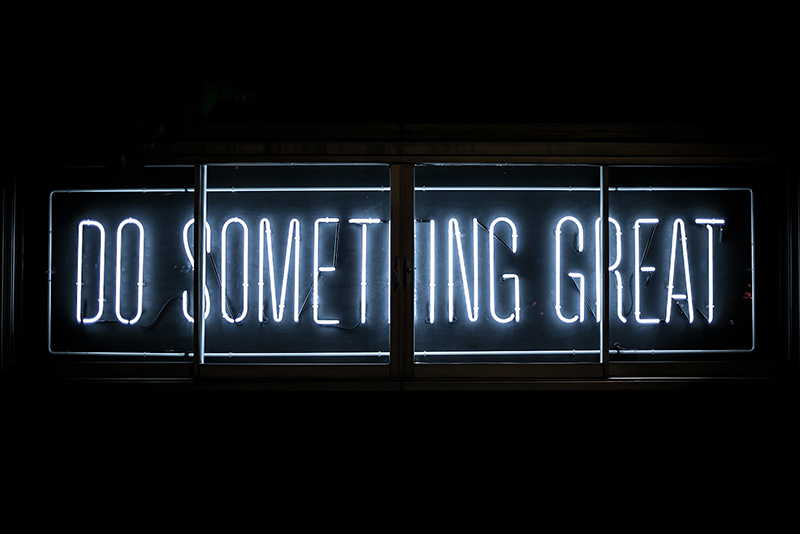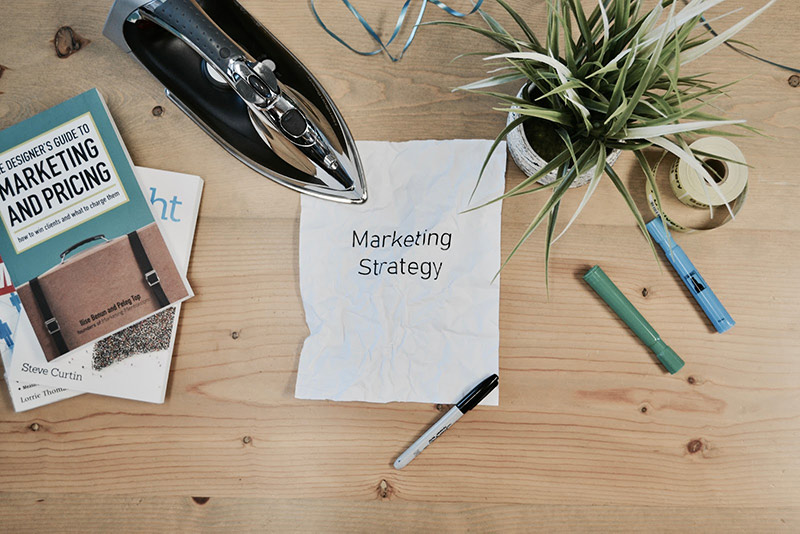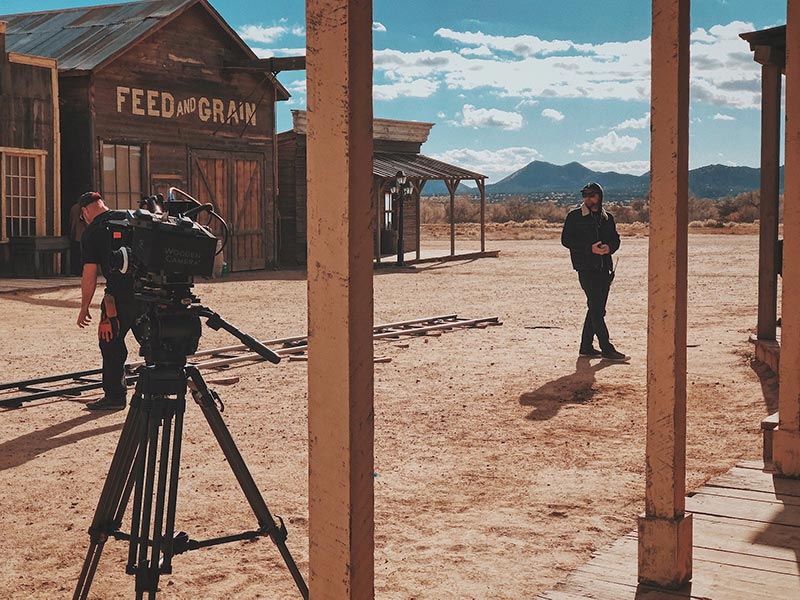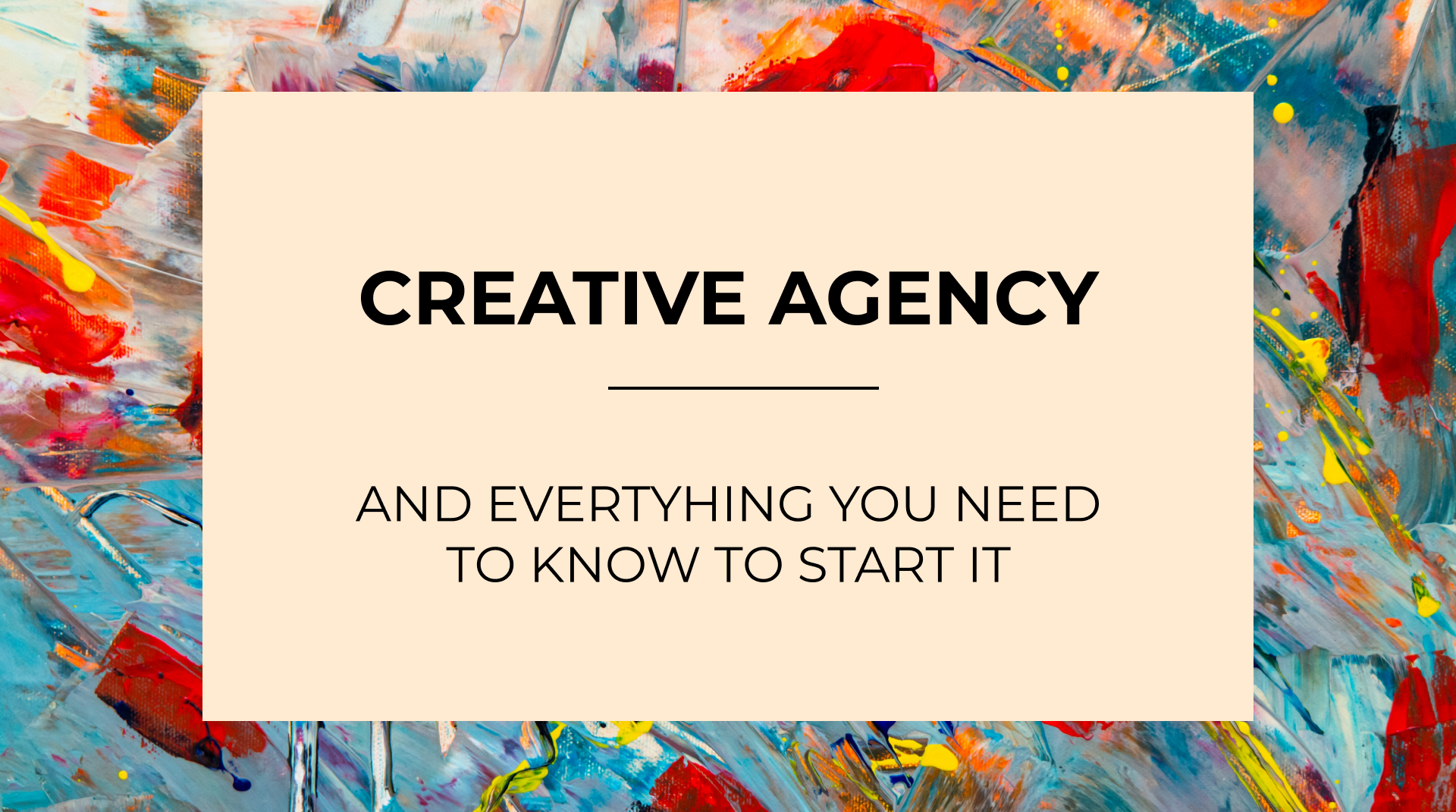I bet there’s a time in every designer’s life when they catch themselves thinking: maybe I should create my own firm?
Indeed, it often seems like an interesting experience that can help you unleash all your creative potential and increase your income compared to what in-house designers or freelancers make. However, most of the time, this idea is put into a very deep shelf where it makes friends with other creative solutions and dust. Surely, we take it out there from time to time, mostly just to look at it and hide back again. Small business, big business – it is always hard to begin.
However, if, eventually, something cracks, and you do begin – how do you do it? For sure, it will not be a casual walk through the park because building something from scratch is always complicated, let alone the whole advertising agency. Though, I suggest we take a look at what might be the reasoning behind such a decision and what are the ways to execute it.
Still, before we begin, note this: the process is usually different for every ambitious businessman out there, and this will be not a step-by-step guide in a strict order, but rather something you have to do in general. Let’s be realistic – all of these steps might mingle in the process causing you to work on some of them simultaneously, and that’s okay. The main point is not to miss anything, the order is rather secondary.
Table of contents:
Reasons For Starting A Creative Agency

Creative people are selfish people, and it’s actually good, and I’m not even up for debate. This very selfishness rules our world and actually makes it a better place, case closed. Establishing your own agency can heavily relate to that, together with a couple of other reasons:
- Being selfish. Let me explain: whatever it is people start in the chaotic world of creativity, the main reason is usually to give themselves a voice. This desire to be heard is the main driving force for everything.
- Working for yourself. Setting up your own company puts a lot of your abilities to the test, but also gives you a lot of freedom. If you have good managerial and organizational skills, this type of work might be just for you.
- Decent income. Good graphic design, web design, product design, or any other kind of fresh and innovative design will always be in demand. Naturally, if you’re good, if you have some experience, and if you can get some recognition, you can set a quite high price for your services. Only make sure it is truly reasonable.
- It is interesting and fun, hands down. Whatever the result will be, you will gain invaluable experience, and it matters a lot.
Naturally, apart from these, there can be many reasons why you might aim for starting a design agency, but personal motives are usually always intact with the ones above. So, you have decided that “this seems like a job for me”, right? Let’s now see how to start your own branding agency.
The 8 Steps To Start A Creative Agency
№1: Start if off with an idea

Whenever you start something new, it all sets off with an idea. What is yours? How does it define your purpose? Why would you like to start anything at all? What exactly do you want to do and what is your target audience? Answering these questions will help you a lot to understand how you see your agency in the future, its scope of work, and its approach. At this stage, do not be afraid to dream the wildest dreams – this is exactly how you build up the concept and vision. Without them, your creation will not be as remarkable as it should. You must have a concept to understand how to build a creative agency.
Passion is the main thing that has to drive you at this point. However, coming up with ideas, keep the financial matter of the question in mind as well. And I do not mean the income you might get – I mean the expenses since there’s gonna be a whole lot of them. Starting a branding agency anew is not easy, and it definitely isn’t cheap. Otherwise, everyone would do this.
№2: Find like-minded people

Would Queen have become so great if at least one of the iconic four had not been in the line-up? I doubt it. They would still be cool – I would never believe that a band having at least ¼ of Queen’s talent isn’t cool – but they wouldn’t be Queen. Forming a creative agency is somewhat like creating a music band – you want every in-house team member to have something special about them, to share your drive and vision. This is how you build up chemistry.
I cannot emphasize enough how important the chemistry within the team really is, especially at the earliest stages of your agency. At that particular moment, the idea you’ve come up with and developed before will be your main motivator because, for now, it is everything that you have. And if a number of people can unite around that to give it a proper development, it is great.
However, looking for people for your team, you have to understand that they have to be fit for different positions: for example, one person can specialize in fonts more, the second is a logo expert, the third one works with packages, and so on. This is a very rough example: you have to opt for what you consider necessary. Still, be realistic about how many workers you can afford at the very beginning.
№3: Create your own brand identity

This is even more important if you’re willing to work on brand awareness for other companies because the first thing they will look at is how you were able to set up yourself and use your marketing services for yourself. Come up with the agency name, logo, colors, fonts, and everything else that you need to include in your brand book. This step should be a further development of your great ideas created by your team’s collective effort. Warning: if you want to make up everything on your own already having a team, it might mean you distrust them with the job, so I’d advise you to think twice if these people are a good fit with your agency.
Concerning the approach, I would suggest treating your own agency as your very first client. First, it is a great ability to practice a little bit before you kick everything off. Second, it will give you the essential first feeling of teamwork that would lay the foundations of your relations within the team for the future. You can even modulate the client situations that happened to you in real life, discuss how you’d deal with them.
And a small piece of advice: don’t overdo this visual identity thing. If you’re trying to find, for example, a name for your agency that would have some cool meaning, consider thinking of something catchy and easy to remember. Not every name should have meaning at once – sometimes, it is what you’ll earn later.
№4: Plan ahead

At this point, you already gotta realize: okay, this is real, and this is happening. You have an idea, a team, a brand identity ready, and now you can start planning. I’ll tell you the truth: I myself am a very spontaneous feller who happens to plan anything at all only if there’s an urgent need for this. However, such a case as ours might and should be treated as an emergency. Even if you prefer to go with the flow, there are situations when you can’t allow it. You must know how to run a creative agency.
I would suggest making the following aspects count first:
- Team size – decides what the scope of your projects will be and how much you’ll be able to pay your employees.
- Your ability to invest into marketing/equipment/rent and etc. – largely determines how fast you will grow.
- Your pricing policies – should be affordable, especially before you’ve earned reputation. Should depend on the projects size, deadline, and other characteristics and be rather fixed – negotiations can come later anyway, but fixed prices will let the clients understand what to expect. Also, think about the system of discounts, it is a great marketing instrument that somehow often goes underestimated.
№5: Set up the workflows

A separate planning point that deserves your utmost attention. You were able to try your hand at it creating your own brand identity, now you have to standardize it. Create the general scheme for different project types – branding, packaging, web design, or whatever else you’re going to work with. Each of them should have duration and size variables. To put it simply, the bigger the scope and the shorter the deadline, the more expensive it is. However, the number must be somewhat precise – rely on your team’s knowledge and experience, do research, and find out the current market’s prices. In the beginning, you might want to make your services a wee bit more affordable than competitors.
Furthermore, I would suggest using task automation to its fullest potential. For some unknown reason, many design agencies still rely mostly on email proofing instead of specialized software. I strongly recommend you opt for a digital tool. First, it will help you look more professional. Second, it will let you save lots of money and time. Which one to choose, you ask? Don’t go very far – Approval Studio will provide you with everything you need! It is a design proofing tool with a wide mark-up range, unique compare modes, comprehensive reporting, online discussions, and so much more. We are ready to help you whenever you are ready.
№6: Deal with the paperwork

A nasty but necessary piece of work. Depending on the country you are situated in, you’ll have to go through many legislative procedures like creating an official business entity like LLC, registering for taxes, opening a bank business account, and getting all other permissions and licenses. If you’re new to the thing, it will involve a lot of research and consultations with lawyers, bank workers, and a bunch of other people. Here’s the thing: you can ask people you personally know for help with this only if you are totally sure they are experts in the field. If they are not – find them yourself. It might be costly, but it will help you avoid a lot of problems in the future. After all of it is done, you can officially launch.
One more tip: find a good accountant for your agency if you’ve never worked with documentation before. Thank me later.
№7: Spread the word

Spot-on marketing strategy is essential for your success. Having built a brand’s identity, you have to build its presence. That includes a lot of steps starting from creating a website, website design and accounts in various social media to active networking. At first, you might be able to find some distant acquaintances who were looking for a design agency – who knows, it never hurts to ask. Mining leads, purchasing ads on Facebook and Instagram, blog posting, and even giving your business cards to all people you get in touch with are only some strategies to consider to build a name for yourself. Also, if possible, provide as much information about your team on your websites together with their personal portfolios so that potential clients could understand what to expect. These marketing decisions might help you grow.
As soon as you get your first customers, you’ll be able to begin the analysis of your advertising strategies. Which ones prove most effective? Collect this data until you have enough to correct your course. Ask clients for testimonials and add their projects to your agency’s portfolio. Truth be told, the most essential thing is to get positive reviews – a satisfied client is a very powerful thing in terms of advertisement, so pay attention to your clients’ needs.
№8: It’s a Wild Wild West!

Nope, it does not mean you’re about to become a famous gunslinger shooting people and doing as you please. It is just a mere reminder that any business is a risk, regardless of whether you want it or not. YoYou’llave to keep your hand on the pulse of the market, monitor tendencies and trends, constantly embrace challenges, change and adapt. This is how this game is played; the rules were invented a long time ago and, ironically, remained mostly unchanged ever since. If you want to be successful, you cannot let yourself fall behind everyone else.
Final Thoughts
Starting your own creative agency from scratch is definitely not a simple process, but if you’re sure that you can pull it off and you’ve got the necessary ideas and resources – why, on earth, not? The most important thing is to stick to your plan and be rational about your possibilities, building your own reputation step by step. Hard work, patience, and diligence are the three main pillars of your success. The fourth one is belief – and you should know that you already got it because Approval Studio believes in you! And we are ready to do whatever we can to help you with your workflow management and design proofing.
Best of luck!

 TEAM SOLUTIONS
TEAM SOLUTIONS WORKFLOW SOLUTIONS
WORKFLOW SOLUTIONS



 REVIEW TOOL
REVIEW TOOL PROJECT MANAGEMENT
PROJECT MANAGEMENT TOOLS & INTEGRATIONS
TOOLS & INTEGRATIONS
 CLIENT INTERVIEWS
CLIENT INTERVIEWS









